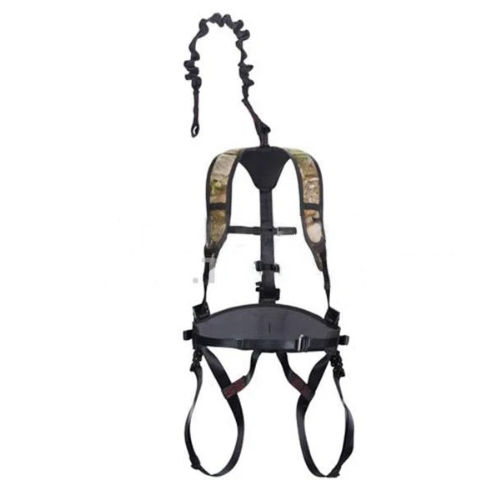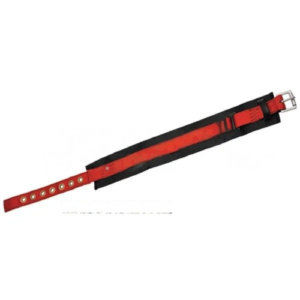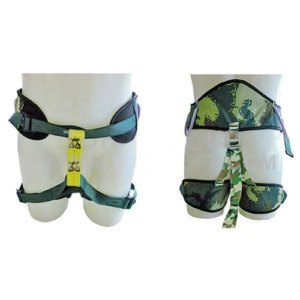Standard Fall Protection Safety Harness Kit For Hunting
Specially designed for hunting purpose
TMA certificate
This kind of safety harness kit is specially designed for hunting purpose. The polyester hunting safety harness kit meet TMA certificate and is featured by Camouflage fabric cover. This harness will make it much safer to climb and stay situated in a tree stand. It’s designed with safety in mind, as evidenced by the lightweight padded material. The harness will fit snugly against the body, but is versatile enough to be worn in warmer or cooler temperatures. Best of all, this harness doesn’t come with dangling straps that can add danger.
Made of high strength polyester webbing and equipped with alloy steel D ring, the breaking strength of safety harness kit is no less than 22KN. And the breaking strength of plastic buckle and pad is not less than 18KN. To ensure the strength of the whole set, 40Cr or 45# steel is adopted for hardware and PE material is adopted for the plastic part.
The special versatile and ergonomic design of the safety harness kit provides users with maximum comfort. The well-designed construction allows the fall-arrest attachment point to be perfectly positioned for the user. Four features of our Full body safety harness:
◆ Light, strong webbing, Lightweight design helps keep you mobile and comfortable all day long
◆ Quick connect and release buckles for easy donning
◆ Camouflage fabric cover, Comfortable camo shoulder and waist pad
◆ Shock absorber lanyard for reduces force impact
◆ Innovative hunting harness that places a premium on safety and comfort
◆ Provides a snug fit without limiting movement
◆ Versatile enough to be worn underneath other clothing items or for all-season use
◆ Keeps you safer by not having dangling straps
For our products, we do different testing during the whole process. All metal parts will do the strength checking, surface checking, all webbing belts used for the harness will also be tested before sewing and after sewing to guarantee the strength. The full set harness will also be tested, static and dynamic test. For static test, we do proof load and breaking load to check the webbing, sewing, and metal parts. For Dynamic test, we usually have falling down testing.

 |
Fall Clearance: There must be sufficient clearance below the anchorage connector to arrest a fall before the user strikes the ground or an obstruction. When calculating fall clearance, account for a MINIMUM 3′ safety factor, deceleration distance, user height, length of lanyard/SRL, harness stretch, and all other applicable factors. Diagram shown is an example fall clearance calculation ONLY. Swing Falls: Prior to installation or use, make considerations for eliminating or minimizing all swing fall hazards. Swing falls occur when the anchor is not directly above the location where a fall occurs. Always work as close to in line with the anchor point as possible. Swing falls significantly increase the likelihood of serious injury or death in the event of a fall. |
How to put harness on:


Maintenance
Proper maintenance of your harness are primordial to ensure integrity of the component parts and therefore the user’s safety. So please comply strictly with the following recommendations:
1. Clean the straps and buckles in water and household soap,in case of minor soiling, wipe the full body harness with cotton cloth or a soft brush. Do not use any abrasive material. Never place heavy items on top of it. For intensive cleaning , wash the harness in water at a temperature between 30 to 60 by using a neutral detergent (PH+_7). The washing temperature should not exceed 60 . Do not use acid or basic detergents. Follow the washing instructions absolutely without any deviations.
2. Use professional disinfectant without causing adverse effect on the materials, or conducted by a competent person for disinfecting
3. Allow the harness to dry naturally and shall be kept far from an open fire or any other source of heat. This also applies for harnesses that have gotten wet during use.
Normative References
This European Standard incorporates by dated or undated reference, provisions from other publications. These normative references are cited at the appropriate places in the text, and the publications are listed hereafter. For dated references, subsequent amendments to or revisions of any of these publications apply to this European Standard only when incorporated in it by amendment or revision. For undated references, the latest edition of the publication referred to applies (including amendments).
EN 358, Personal protective equipment for work positioning and prevention of falls from a height – Belts for work positioning and restraint and work positioning lanyards.
EN 362:1992, Personal protective equipment against falls from a height – Connectors.
EN 363:2002, Personal protective equipment against falls from a height – Fall arrest systems.
EN 364:1992, Personal protective equipment against falls from a height – Test methods.
EN 365:1992, Personal protective equipment against falls from a height – General requirements for instructions for use and for marking.
EN 813, Personal protective equipment for prevention of falls from a height – Sit harnesses.
EN 892, Mountaineering equipment – Dynamic mountaineering ropes – Safety requirements and test methods.













